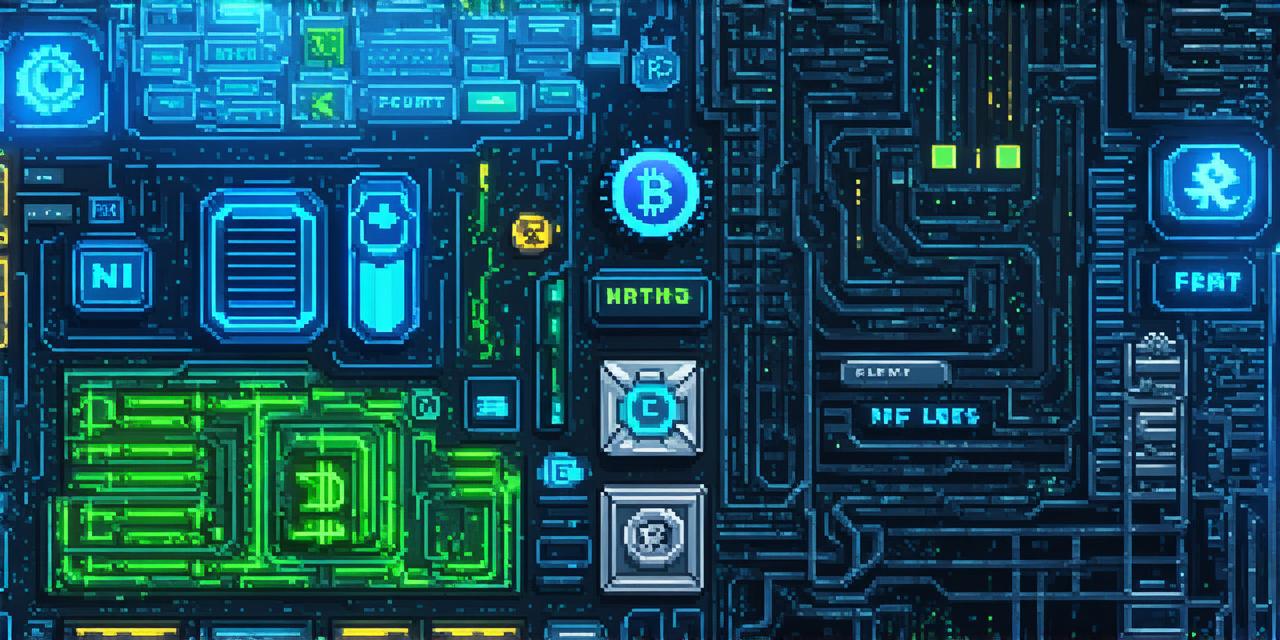Are you an NFT game developer looking to create a new and exciting game that incorporates blockchain technology? Look no further! In this comprehensive guide, we’ll explore how NFT-based games function, and provide you with the knowledge and resources you need to get started on your journey.

What are NFTs, and why are they so popular in gaming?
NFTs, or Non-Fungible Tokens, are unique digital assets that can be used to represent a wide range of items, from art to collectibles to virtual goods. In the world of gaming, NFTs have been used to create rare, one-of-a-kind in-game items that players can buy, sell, and trade. These items often have real-world value, making them highly sought after by both casual and hardcore gamers alike.
The popularity of NFTs in gaming has been driven by a number of factors. Firstly, the decentralized nature of blockchain technology means that NFTs can be easily bought, sold, and traded without the need for intermediaries like banks or marketplaces. This creates a level playing field where everyone has equal access to these valuable digital assets.
Secondly, NFTs offer players a sense of ownership and scarcity that traditional in-game items cannot provide. Because each NFT is unique, it cannot be replicated or duplicated, giving players a feeling of true exclusivity. This has led to the creation of highly sought-after collectibles that can command high prices on the open market.
Thirdly, the use of NFTs in gaming has opened up new revenue streams for developers. By creating rare and valuable in-game items, developers can monetize their games in a variety of ways, from direct sales to secondary market trading. This has created a new business model for game development that is both sustainable and scalable.
How do NFTs work in gaming?
NFTs are typically created on a blockchain platform, which provides a secure and transparent way to store, buy, sell, and trade these digital assets. In the context of gaming, NFTs can be used to represent a wide range of items, from in-game currency to rare weapons to unique characters.
When a player wants to buy or sell an NFT, they typically use a cryptocurrency like Ethereum or Bitcoin to facilitate the transaction. These transactions are recorded on the blockchain, creating a permanent and immutable record of ownership that cannot be altered or deleted.
Players can then use these NFTs in-game, either by equipping them to their characters or by using them to purchase other items or services. Because NFTs are unique and scarce, they often have real-world value, which can create new revenue streams for developers.
Case Studies: Success Stories in NFT-based Gaming
There are many examples of successful NFT-based games that have been developed using this technology. One such game is Cryptokitties, a blockchain-based platform that allows players to buy, sell, and breed unique digital cats. The game has been hugely popular since its launch in 2017, with millions of players around the world buying and selling these cute creatures.
Another example is NBA Top Shot, a blockchain-based game that allows players to buy, sell, and trade rare moments from the world of basketball. These moments include dunks, blocks, and other iconic plays, and are represented as NFTs on the blockchain. The game has been a huge success, with millions of dollars in revenue generated through the sale of these digital assets.
What are the challenges of developing NFT-based games?
While NFT-based games offer many benefits for both players and developers, there are also a number of challenges that need to be addressed.
